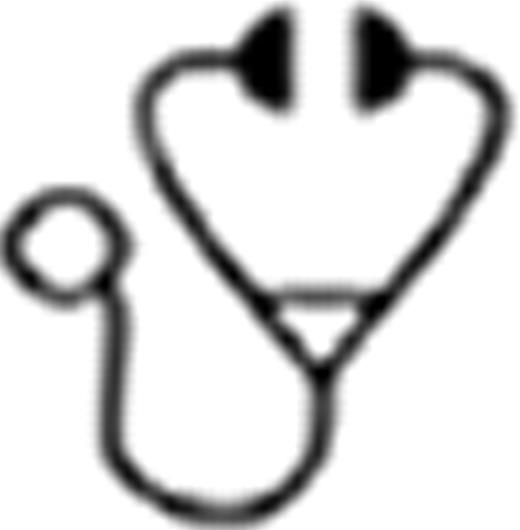Abstract
Abstract  3471
3471
Fanconi anemia (FA) is associated with a high risk of secondary malignancies, more specifically solid tumors. In allogeneic stem cell transplantation of the “non-Fanconi anemia host”, two factors have been consistently associated with increased risk of secondary malignancies post transplant and include graft-versus-host disease (GvHD) and radiation. The goal of reducing the risk of GvHD post transplant, has been achieved successfully with T-cell depleted transplants, as previously reported.
Our second aim was to reduce the risk of radiation toxicity post transplant. We therefore initiated a multi-center trial using the fludarabine (Flu)/cyclophosphamide (Cy)/ATG cytoreduction backbone, and substituting busulfan (Bu) instead of radiation. This was followed by a CD34+ T-cell depleted peripheral blood stem cell graft. From June 2009 to July 2012, 27 patients, including 13 males and 14 females aged 4.3 – 31.4 (median 8.1), enrolled on this phase II multicenter protocol in 4 institutions.
Indications for transplant included severe single lineage cytopenia (N=3), aplastic anemia (N=18) and myelodysplastic syndrome (N=6) - including refractory anemia RA (N=3), RA with excess blasts 1 RAEB1 (N=2), RAEB-2 (N=1). Prior treatment included transfusions (N=27) and androgens (N=12). Ten patients had a history of prior infections. Donors were Related mismatched (N=6) or Unrelated matched (N=16) or mismatched (N=5).
Preparative regimen was: Bu 0.8–1.0 mg/Kg/dose Q 12H × 4 doses (days -7, -6), Cy 10 mg/Kg/day × 4, Flu 35 mg/m2/day × 4 days and Rabbit ATG 2.5 mg/Kg/day × 4 days (days -4 to -2). Patients also received filgrastim and GvHD prophylaxis with cyclosporine. Busulfan doses were adjusted to keep the steady state concentration below 350 in most cases. All grafts were T-cell depleted using the CliniMacs CD34 columns (Miltenyi). Cell doses of the grafts were: 3.1–42.7 × 106̂ CD34 cells/Kg and 2.2–49.9 × 103̂ CD3 cells/Kg.
All 27 evaluable patients engrafted; one patient suffered a secondary graft failure. Two patients developed grade 1 and only one patient developed grade 2 GvHD. Grade 2–4 toxicity included mucositis (N=10), pulmonary toxicity (N=6), hepatotoxicity (N=6) with one patient developing hepatic veno-occlusive disease, renal toxicity (N=5), and hypertension (N=7). Infections included: CMV viremia (N=4), EBV viremias (N=1), clostridium difficile (N=1), bacteremia (N=5) and clostridium botulinum (N=1). Cause of death for four patients was acute respiratory failure (N=1), multi-organ failure (N=1), severe pulmonary hypertension (N=1) and infection (N=1). With a median follow-up of 7.9 months (range 0.5–37.8 months) 19 of 23 evaluable patients are alive and well (4 pts too early for outcome analysis).
Although the study is ongoing an includes a relatively small number of patients with modest follow-up, the results appear promising. Engraftment, GVHD, early toxicity, infection and outcome data appear similar to historical TBI-based protocols. Further enrollment and longer follow up will define the comparative toxicity profile and relative risk of second tumor.
Williams:bluebird bio: Consultancy; Wyeth: ; Takara bio:.
Author notes
Asterisk with author names denotes non-ASH members.

This icon denotes a clinically relevant abstract

This feature is available to Subscribers Only
Sign In or Create an Account Close Modal